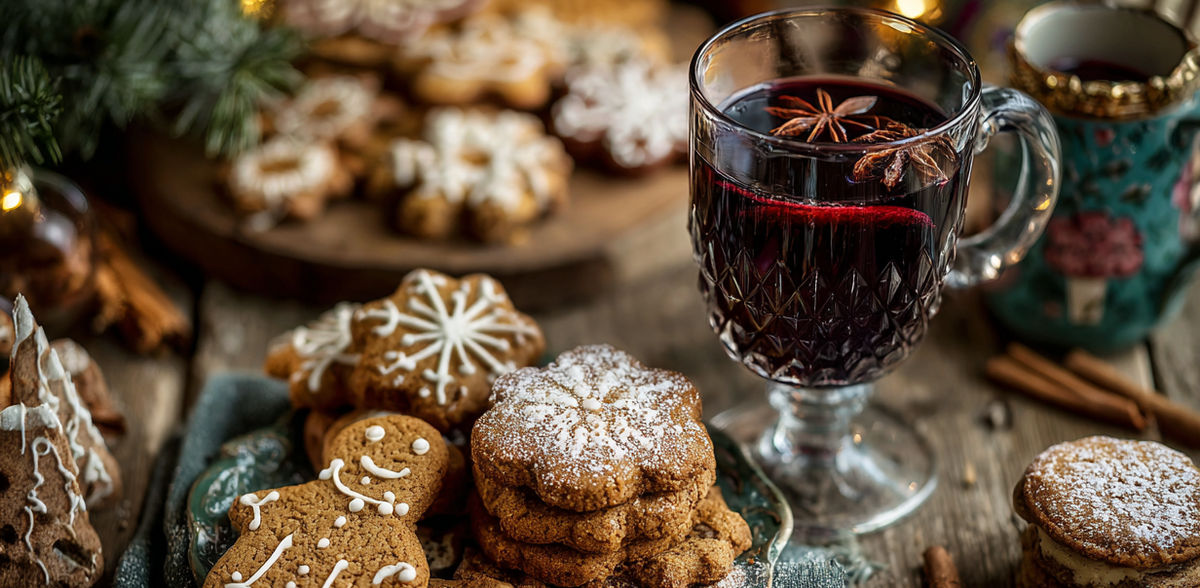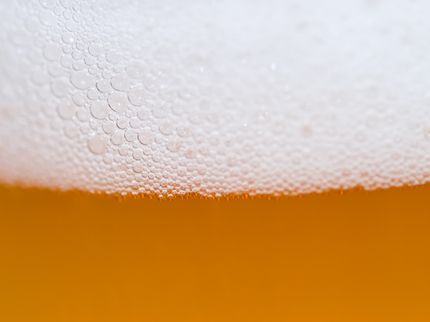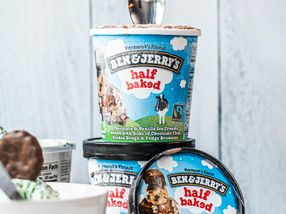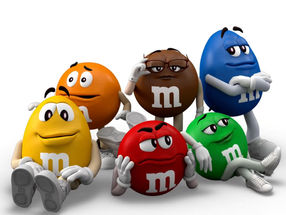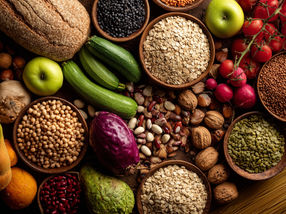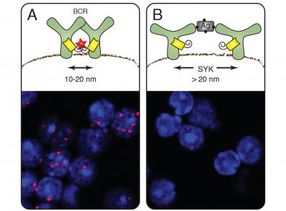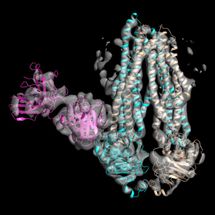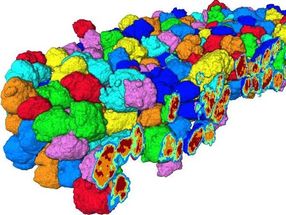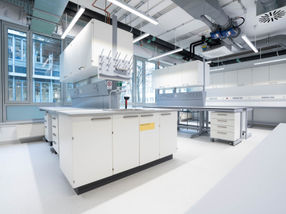Calorie traps in the run-up to Christmas
These foods are best avoided
Advertisement
Cookies, mulled wine, gingerbread: What looks like a treat during the Advent season can quickly become a hidden calorie bomb. Classics such as marzipan potatoes, roasted almonds or lard cookies in particular are extremely high in sugar and fat - often without leaving you feeling full for long. If you go unnoticed every day, it's not uncommon to put on a few kilos before the festive season.
Small portions with a big impact are particularly treacherous; a single domino can have more calories than a whole cheese sandwich. This article shows which Christmas treats are particularly weighty and how you can consciously enjoy them in December without compromising on mood and taste.
Small snacks with a big impact
In addition to the well-known sweet classics at Christmas time, there are many other calorie traps that are often underestimated. Stollen, for example, contains significantly more energy than a small slice would suggest due to its high butter, nuts and dried fruit content. Speculoos and cinnamon stars are also surprisingly high in calories due to their high sugar and fat content, especially as they are rarely eaten individually but usually in batches. Then there are chocolate figures, which are available almost everywhere in the run-up to Christmas: A single chocolate Santa can exceed the energy requirements of an entire meal.
But it's not just sweets that have their pitfalls. Pastries from the deep fryer are also an underestimated calorie trap. Lard cookies, for example, soak up large amounts of fat during frying, which massively increases their energy value. In combination with sweets, this quickly results in a balance that far exceeds the daily requirement. Added to this are liquid temptations such as mulled wine, punch or eggnog. They provide sugar and alcohol in concentrated form and also inhibit fat burning. In addition, solid foods are usually consumed alongside the drinks. The result: an increase in calories that grows unnoticed, while you actually think you have only enjoyed "a few snacks".
What is particularly insidious is that these foods hardly leave you feeling full for long. The combination of sugar and fat may provide quick pleasure, but the feeling of hunger quickly returns. As a result, the portions add up without creating a real feeling of satiety, and this is exactly what makes small snacks so dangerous for the calorie balance.
Why hunger quickly returns
The real problem with many Advent treats lies deep down: although sugar and fat provide plenty of energy, they hardly supply the body with any fiber or protein. As a result, you only feel full for a short time, and soon you are reaching for the next cookie tin. If you snack regularly, you add up calories day after day, which can add up to a significant plus over the entire pre-Christmas period - often noticeable on the scales before the holidays.
Enjoyment in moderation instead of sacrifice
However, going without is not a solution, as the Advent season in particular thrives on its culinary traditions. It makes more sense to enjoy with moderation and use small strategies to maintain a balance. If you select your favorite treats and consciously plan for them instead of snacking on the side, you can combine enjoyment and control. It is also helpful not to leave sweets out or to combine them with protein-rich foods so that the feeling of satiety lasts longer. The same applies to drinking: water or tea should take priority, while mulled wine or punch should be the deliberate exception. This makes it easier to keep an eye on your calorie balance without affecting your mood.
Ultimately, the pre-Christmas period remains a feast for the senses, which includes enjoying it together. However, if you know the biggest calorie traps, you will better understand why small portions often have such a big impact. With a little mindfulness, you can enjoy Advent to the full, while keeping your weight stable and still enjoying yourself.
Note: This article has been translated using a computer system without human intervention. LUMITOS offers these automatic translations to present a wider range of current news. Since this article has been translated with automatic translation, it is possible that it contains errors in vocabulary, syntax or grammar. The original article in German can be found here.
